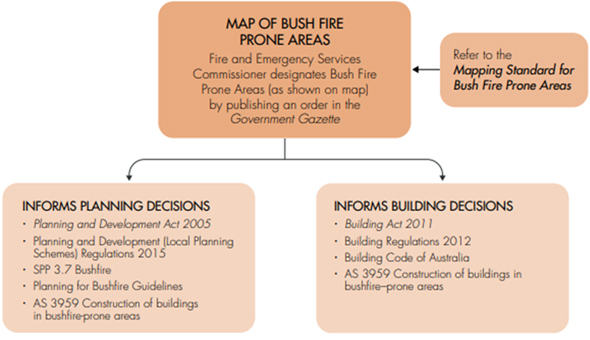If the UXO category is ‘Substantial’:
The area has a confirmed history of military activities that often results in numerous residual hazardous munitions, components or constituents.
Department of Defence (DoD) ‘Advice: Whilst current land usage may continue without specific UXO search or remediation, Defence recommends that specialist advice is obtained. A detailed UXO Risk Assessment and UXO Management Plan should be developed as necessary.
Defence recommends that any development, land usage re-zoning proposals or other significant changes in proposed activities for land parcels classified as Substantial should only proceed once an appropriate UXO Risk Assessment has been conducted by a suitable specialist and mitigations implemented to address the risks identified. Such mitigations could typically include one or more of the following as identified in the UXO Risk Assessment:
- Field investigations to refine hazard areas.
- Remediation to remove or neutralise hazards (remediation provides the highest level of confidence that potential risks have been reduced to tolerable levels); and/or
- A formal UXO Management Plan and/or UXO risks included in the construction site safety management plans.’
If the UXO category is ‘Slight’:
The area has a confirmed history of military activities that often results in numerous residual hazardous munitions, components or constituents, however where confirmed UXO affected areas cannot be defined.
DoD ‘Advice: Whilst current land use may continue without further UXO investigation or remediation, Defence recommends that consideration is given to obtaining specialist advice and undertaking a detailed UXO Risk Assessment and developing a UXO Management Plan as necessary.
Defence recommends that any development, land usage re-zoning proposals or other significant changes in proposed activities for land parcels classified as Slight are preceded by an appropriate UXO Risk Assessment. A project- or activity-specific UXO Management Plan may be considered for ongoing activities, and the possibility of encountering munitions should be adequately addressed in activity plans (e.g. construction site safety management plans).’
There is generally a lesser risk of the presence of UXO than on sites classified as Substantial.
If the UXO category is ‘Remote’:
The area was used for military purposes; however, the activity is of a nature that UXO would unlikely exist.
DoD ‘Advice: All land usage and development, within these areas, may continue without further UXO investigation or remediation. If at any time UXO or related material is identified, consideration should be given to seeking specialist advice.’
If the UXO category is ‘Other’:
The area was used for military training, however no confirmation that it was used for live firing. UXO or explosive ordnance fragments/components have not been recovered from the site.
DoD ‘Advice: These sites have been included for general information purposes only. Defence makes no recommendations in regard to this category.’
If the UXO category is ‘Information’:
The area was used for routine military activity, however, was of a type not associated with producing UXO.
DoD ‘Advice: These sites have been included for general information purposes only. Defence makes no recommendations in regard to this category.’
If the UXO category is ‘Sea Dumping’:
The area has been used for historical sea-dumping of waste material that may include explosive ordnance. These sites are generally marked on charts and published in Notice to Mariners along with appropriate advice.
DoD ‘Advice: There are no restrictions to surface maritime activities in these areas. Any activity that will disturb the seabed such as anchoring, trawling and dredging are prohibited in these areas.’
Further information relating to UXO is available on the Department of Defence
website.




















